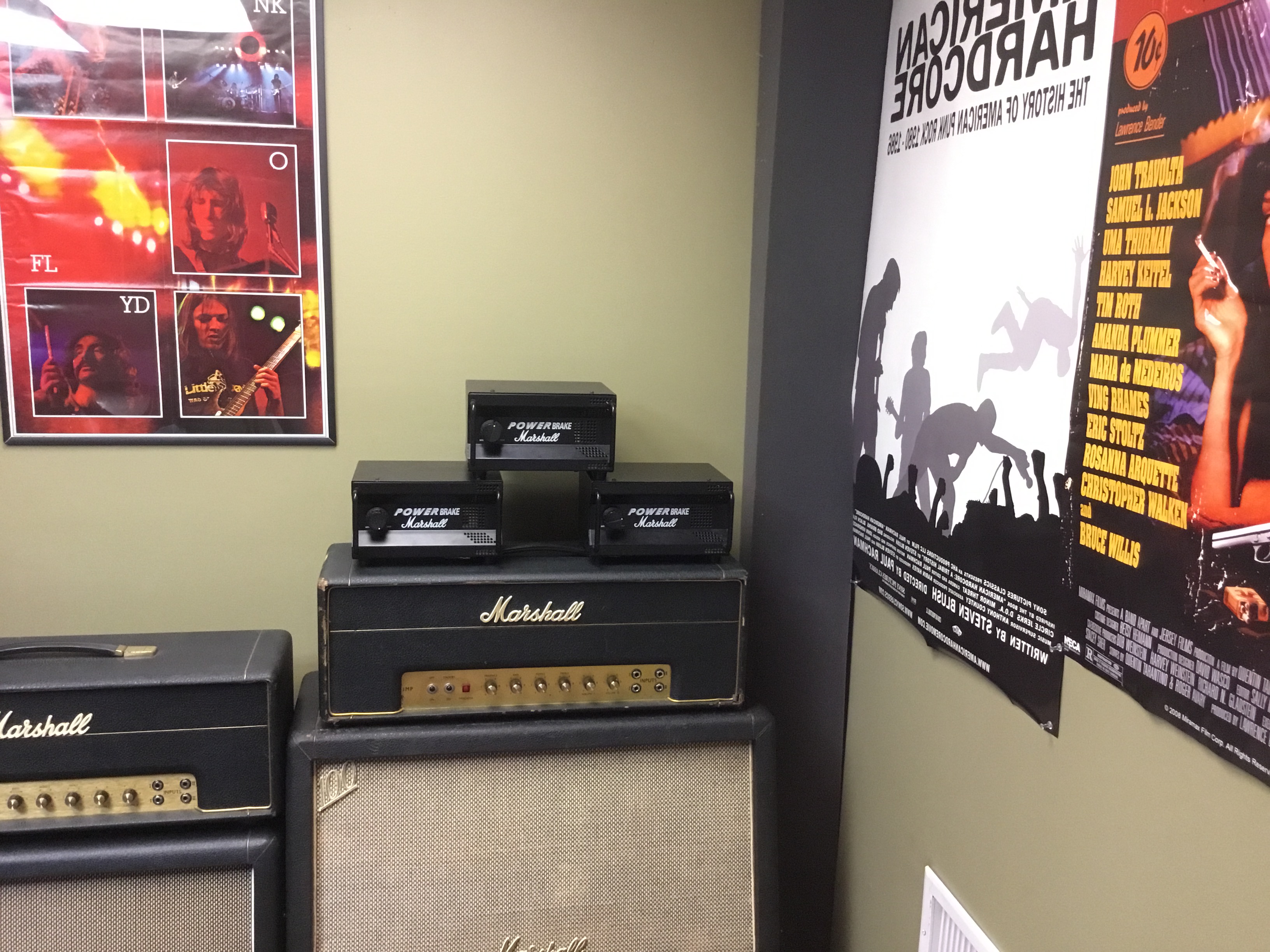Mrmadd
Well-Known Member
- Joined
- Jul 29, 2020
- Messages
- 817
- Reaction score
- 1,119
I am going to have to aggree on not knowing how to run an amp. My Bugera has very limited tone. Would not buy another. Bugera (boo'g-r-a).
Fender is still top of the heap for boutique tone.
But....
On a Marshall forum, I find it hard to waiste time on any other brand than Marshall.
With that said.........
I purchased 2 brand new Marshall Origin 5 combos. Stereo guitar. You need pedals to get extreme, but overall these little amps have good tone and great options for almost any pratice or studio occasion.
Effects loop and boost switches are a great addition to this little amp. Yeah, your are not diving into sub low frequencies operating an 8" speaker. And, 5 watts can be loud.
This may not be the best bedroom after hours amp, but anyone who is seacrhing for decent tube tone in a small package, Origin 5 gets it done.
Fender is still top of the heap for boutique tone.
But....
On a Marshall forum, I find it hard to waiste time on any other brand than Marshall.
With that said.........
I purchased 2 brand new Marshall Origin 5 combos. Stereo guitar. You need pedals to get extreme, but overall these little amps have good tone and great options for almost any pratice or studio occasion.
Effects loop and boost switches are a great addition to this little amp. Yeah, your are not diving into sub low frequencies operating an 8" speaker. And, 5 watts can be loud.
This may not be the best bedroom after hours amp, but anyone who is seacrhing for decent tube tone in a small package, Origin 5 gets it done.




 . I went to your thread (
. I went to your thread (
 ).
).